|
 |
 |
|
|
|
|
~ From Ancient Greece to Christian Rome ~ |
St. Paul the
Apostle
(Hebrew:
שאול התרסי
Šaʾul
HaTarsi,
meaning
"Saul of
Tarsus", the
"Apostle to
the
Gentiles"
was,
together
with Saint
Peter and
James the
Just, the
most notable
of early
Christian
missionaries.
Unlike the
Twelve
Apostles,
there is no
indication
that Paul
ever met
Jesus prior
to the
latter's
crucifixion.
According to
Acts, his
conversion
took place
as he was
traveling
the road to
Damascus,
and
experienced
a vision of
the
resurrected
Jesus. Paul
asserts that
he received
the Gospel
not from
man, but by
"the
revelation
of Jesus
Christ".
As
a sign of
authenticity,
the writers
of these
epistlessometimes
employ a
passage
presented as
being in
Paul's own
handwriting.
These
epistles
were
circulated
within the
Christian
community.
They were
prominent in
the first
New
Testament
canon ever
proposed (by
Marcion),
and they
were
eventually
included in
the orthodox
Christian
canon. They
are believed
to be the
earliest-written
books of the
New
Testament.
Fourteen
epistles in
the New
Testament
are
traditionally
attributed
to Paul,
though in
some cases
the
authorship
is disputed.
Paul had
often
employed an
amanuensis,
only
occasionally
writing
himself.
Paul's
influence on
Christian
thinking
arguably has
been more
significant
than any
other New
Testament
author.
|
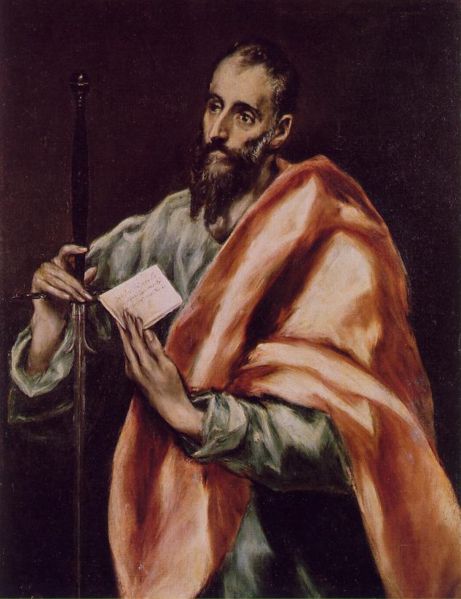 |
|
His influence on the main
strands of Christian thought
has been demonstrable: from
St. Augustine of Hippo to
the controversies between
Gottschalk and Hincmar of
Reims; between Thomism and
Molinism; Martin Luther,
John Calvin and the
Arminians; to Jansenism and
the Jesuit theologians, and
even to the German church of
the twentieth century
through the writings of the
scholar Karl Barth, whose
commentary on the Letter to
the Romans had a political
as well as theological
impact. |
|
|
|
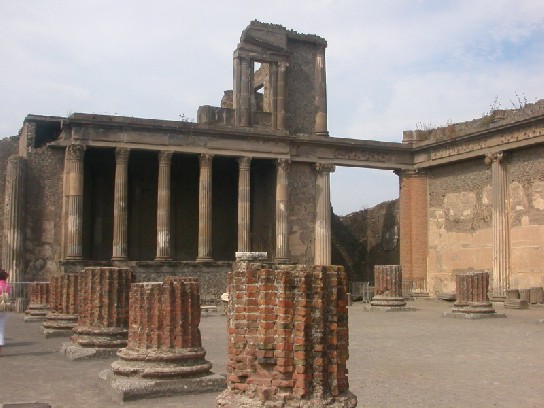
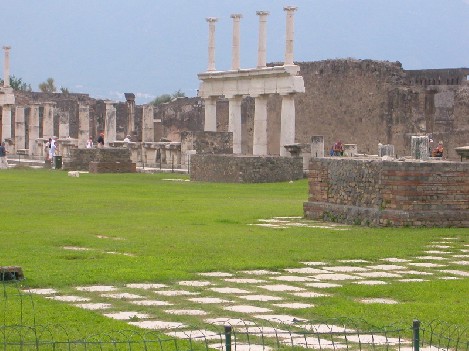
|
Day 1
After the wonderfully fulfilling days
you spent in Greece you'll travel by
ferry across the Adriatic to the southern Italian
city of Bari where you will be
met by an air conditioned bus and
transported to
Benevento for your first Italian lunch.
After another hour or so on board the
bus, acclimatizing yourself to the
Italian geography, you'll arrive at the amazing
and world-famous ruins of
Pompei, a once
thriving and important Roman colony in
the shadows of Mount Vesuvius.
St. Paul himself walked the slopes
of the mountain but may only have
heard rumors of Pompei's total
destruction by the thunderous eruption
of 79 AD. The city was buried to a
depth of 20 meters under a heavy rain of
ash, soot and poisonous gases, and was
not rediscovered until the late 18th
century.
Your guide will take you through the
ruins and give you a remarkable look
into the lives of the ancient Greeks
before Christianity took hold.
Tonight you will stay at
Pozzuoli, near Naples, where Paul,
after weeks at sea, landed on the
Italian mainland. Here you can
visit the Roman amphitheater and enjoy
the ambiance of the port. You can also
savour Italian espresso...and perhaps a
slice or two of Neapolitan pizza, the
best in the world!
-
Arrive at
Bari,
Italy from Patras, Greece
-
Transfer to Pompei in air
conditioned coach
Lunch at Benevento and short tour
-
Visit
Pompei
- 2.5 hour tour
-
Transfer to Pozzuoli and arrive at
hotel
Dinner (hotel)
|
|
 |
|
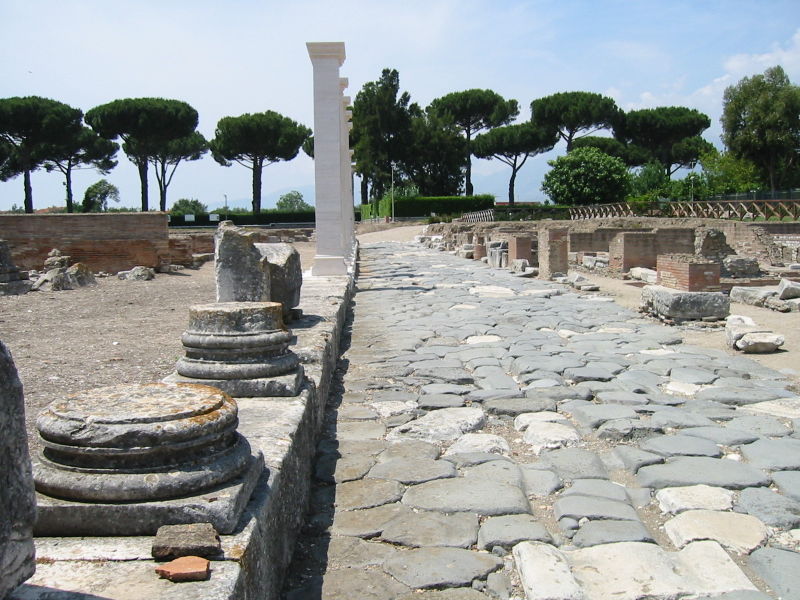
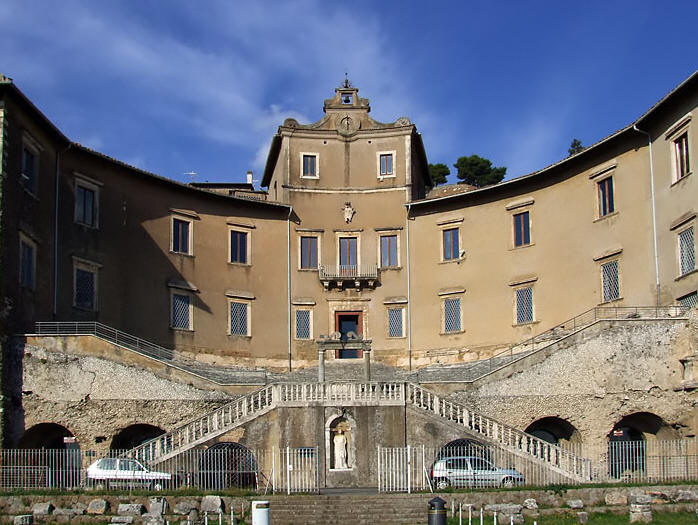 |
Day 2
This morning you depart for Rome, but on
the way, you'll stop at other places
visited by Paul. Heading north
you'll first visit Minturno, a
nicely-preserved Roman village on the
old Roman highway, the Appian Way.
From there you'll go to Foro Appio, just
18 km from Rome, the site of the
Tres Tabernae - not 3 taverns, but
thee shops serving passing travelers.
Here two other highways from other
points join with the Appian way on the
last leg into the Eternal City .
Paul may have stayed here at one of the
first "road houses" of his day - the
Mancio - and according to sacred writing
was greeted by a band of early
Christians out of Rome, who escorted him
there. In Minturno you'll walk
through the doors of a church dedicated
to the Saint's memory.
Before you travel to Rome, however,
you'll make one more stop, this time at
another place visited by Paul, the city
of
Palestrina,
settled in the 8th or 7th century BC.
Here the Greeks built, on an
Hellenistic, model, three great temples,
various ruins of which remain.
Of the three, the Prenestine temple is
the best preserved.
And after Palestrina...it's a short
jaunt to Rome itself.
-
Morning
Breakfast at Hotel
Transfer to Minturno - tour
Transfer to Foro Appio - visit
the "Three Taverns" (Tres
Tabernae)
Lunch
-
Afternoon
Visit to Palestrina
Transfer to Rome and arrive at
hotel
Dinner (hotel)
|
|
|
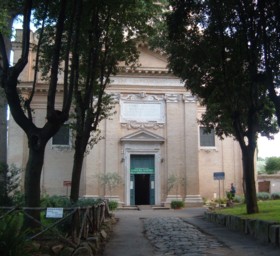
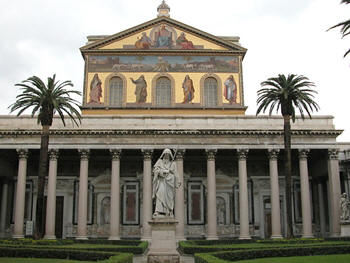 |
Day 3
Ah, Rome...so complex, so multilayered
and so compellingly
multidimensional. Seat of power
for the Romans, and of the Papacy, and
since 1877, the capital city of the
modern state of Italy.
St. Paul surely left his mark here, even
though he was a humble man - a leather
tanner. First and foremost in the
grandeur of
St Paul's Basilica in Vatican City.
But, there are many other buildings and
monuments dedicated to Paul and you will
visit many of them.
You will visit the Roman neighborhood
where Paul lived and worked - the Insula
di San Paolo - even when he was
imprisoned. In this area, you'll
enjoy a visit to another church, built
by Pope Domaso, dedicated to Paul.
The Aventine Hill - one of the seven
hills of Rome - was another place where
Paul lived and here you will stop at the
church of Santa Prisca. Paul was
familiar with Prisca, a Roman who
married a Greek whom Paul knew from his
days in Corinth. The Apostle Peter
is said to have baptized Prisca on the
church's Doric capital.
This morning, you will also visit the
Catacombs of Sebastian on the very same
Appian Way that Paul walked on his way
to Rome. Years after their deaths,
during the Valeriano persecutions, the
bodies of St Paul and St Peter were kept
here for safe-keeping. The catocombs are
now surmounted by a small Basilica
dedicated to San Sebastian and the his
two "brothers".
After lunch you will make two more
important visits, one to the
Church of St Paul Outside the Gates,
a church that is said to be one of the
four greatest churches in Rome (St Pauls
Basilica, St John Lateran and St Mary
Major being the other three). The
Basilica is built on the ground where St
Paul died a martyr. Next to it is
the Abbey of the Three Fountains.
-
Morning
Breakfast at hotel
Visit Insula di San Paolo
Visit Church of Santa Prisca
Visit Catacombs of San Sebastian
Lunch
-
Afternoon
Visit Abbey of the Three
Fountains
Visit Church of Saint Paul
Outside the Walls
Dinner (hotel)
|
|
|

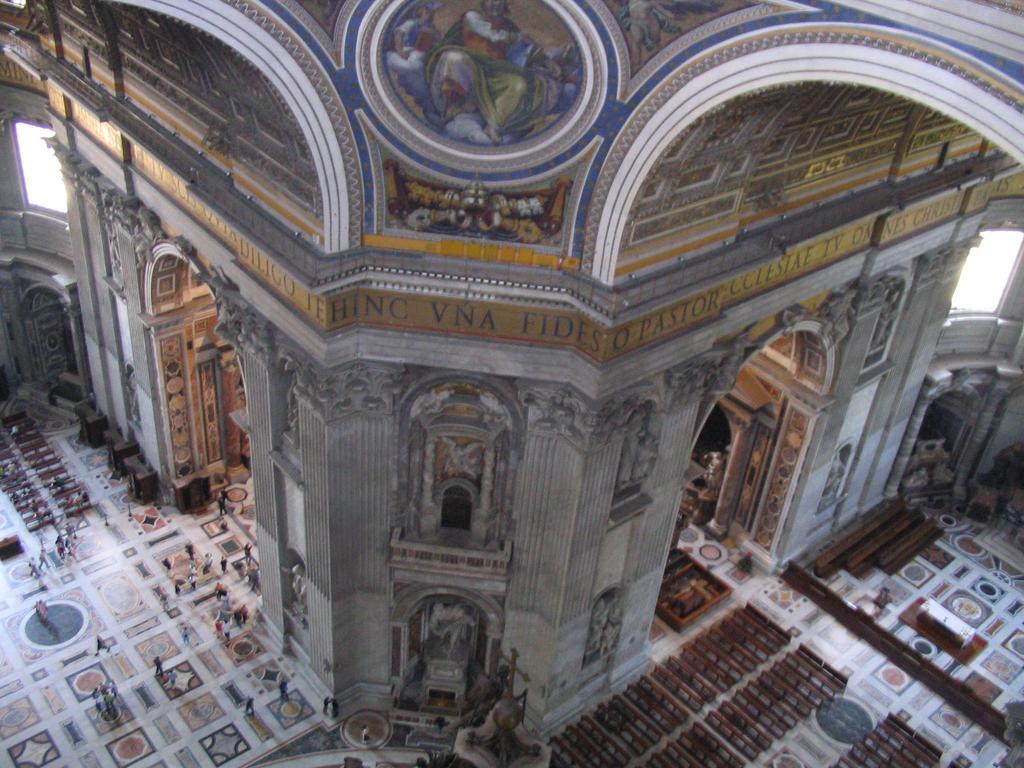 |
Day 4
After breakfast the day begins with a
tour of the
Roman Colosseum
where many early Christians were thrown
to the lions by a bloodthirsty crowd.
The largest Roman antiquity in the
world, the Colosseum will astound you.
Afterwards you'll take a leisurely walk
through the ruins of the
Roman Forum, the crucible of Roman
life, arts, culture and politics.
Here your guide will point out numerous
temples, markets, courts, and other
public buildings where the Roman Empire
was given its greatest expression.
Then, having dined at a local Roman
trattoria, you will at last be taken to
Vatican City - a state within a
state - home ground of the Pope and
Roman Catholicism. Your tour here
will include St Paul's Basilica, named
for the Great Apostle, the Sistine
Chapel, the Vatican Library and many
other renowned sites. Be prepared
to be astounded, and perhaps, to be
spiritually transported.
-
Morning
Breakfast at hotel
Colosseum and Forum
Lunch
-
Afternoon
Vatican sites
Dinner (hotel)
|
|
|
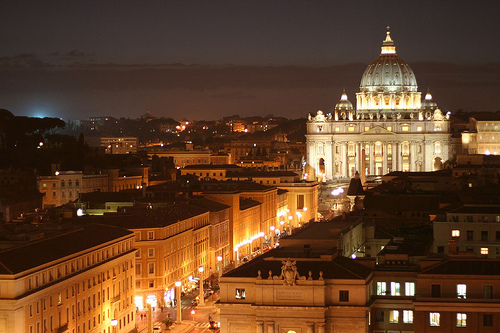 |
Day 5 -
Departure
-
Morning
Breakfast at the hotel
Transfer to airport for
departure flight on Singapore
Airlines
|
|
|
|











